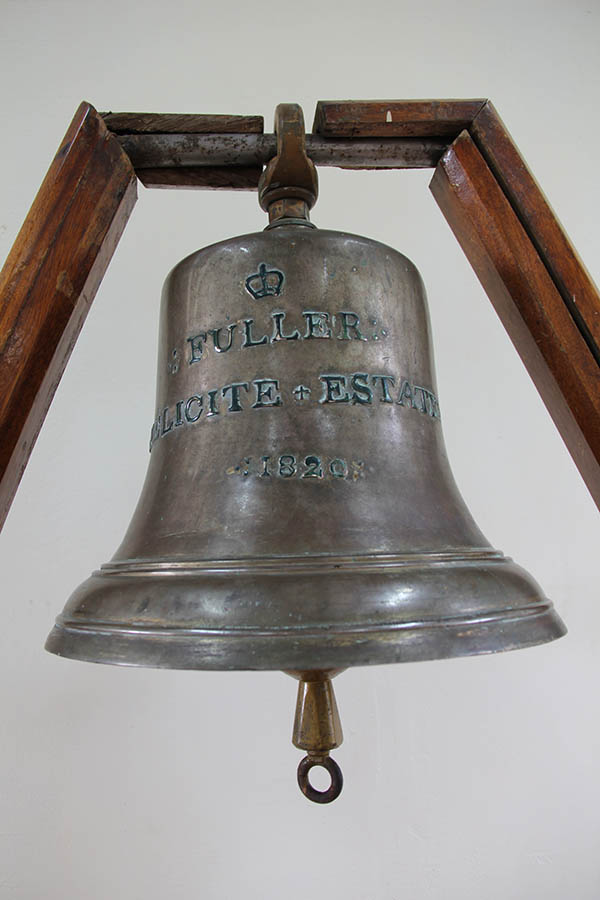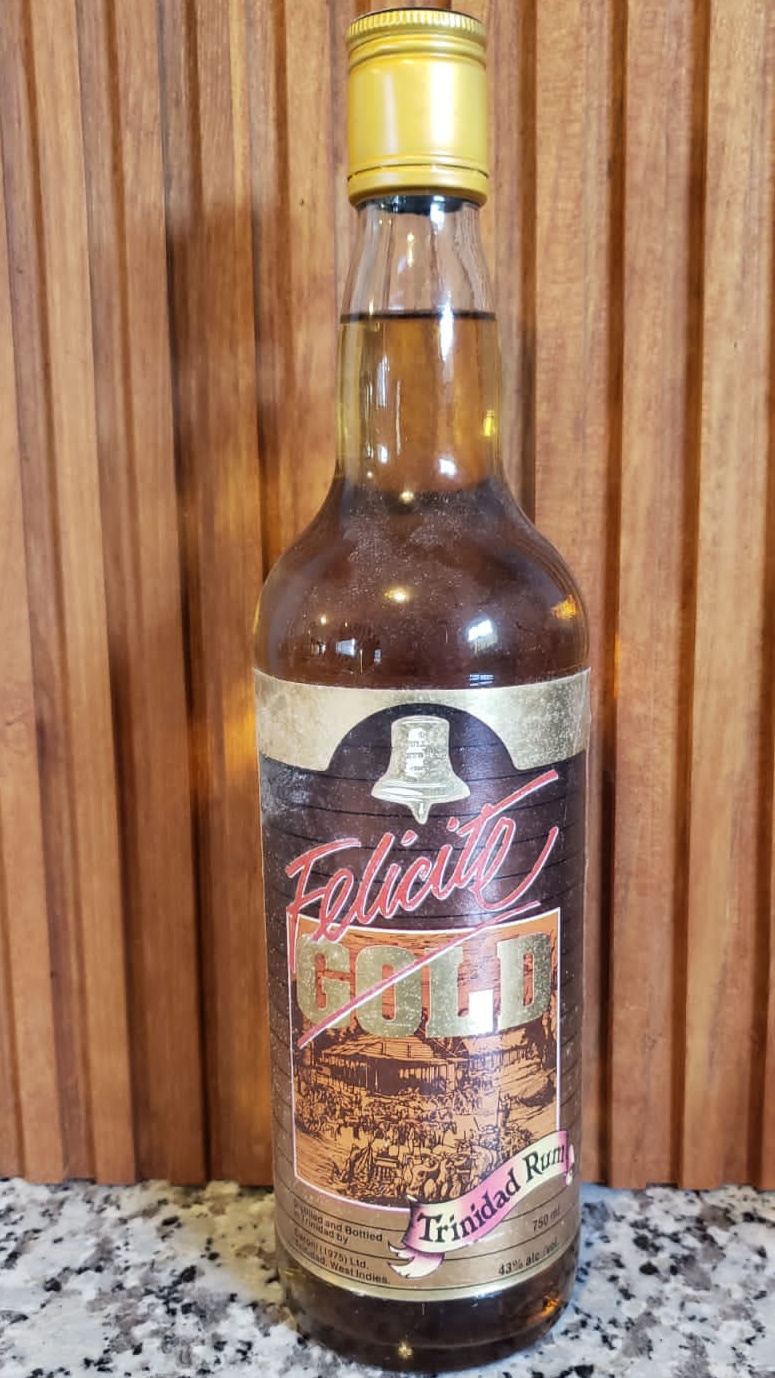When it comes to understanding recent rum history, television advertisements are a useful resource. They give insight into the ambitions of the company, and who they aimed to appeal to. They also glean insight into society and the state of the country at the time when the advertisement was produced.
Advertisements for VAT 19 from the 1970s and onwards are a useful tool in understanding changes in the local rum industry during that era. This thirty second spot for Felicite Gold Rum is similarly useful in understanding Trinidad during the early nineties.
In 1991, a new television station began broadcasting in Trinidad and Tobago offering competition in this area for the first time. Radio stations were also springing up, offering new opportunities for entertainment. Some of this programming was dedicated to the growing popularity of Chutney Music. This genre of music originated in Bhojpuri folk songs that minstrels would play at events like Hindu weddings and birthdays. By the early nineties, it had become fast paced with modern instruments. It was also growing in popularity beyond just the Caribbean since the diaspora in North America was active in producing albums and promoting the music at West Indian parties.
The growth of Chutney music was part of a broader resurgence of East Indian culture during this time. A Divali festival originally hosted in the carpark for a mall was granted a permanent home by the government in 1991. This allowed the event to blossom into a larger celebration of Indian food and fashion that would attract visitors beyond just the Hindu community. Another Hindu festival was praised by Saint Lucian poet Derek Walcott during his lecture when he received the Nobel Prize in Literature. This festival was Ramleela, a yearly dramatization of the events from the Ramayana. This recognition from one of the Caribbean’s most renowned playwrights encouraged both Hindu groups and the local theatre community to preserve this element of intangible Trinbagonian culture.
1995 might be the year that best represents the rise in Indo-Trinbagonian visibility. On the 150th anniversary of the arrival of East Indians, the day was finally declared a National Holiday by the government. In this same year, the country had both a Prime Minister and President of East Indian heritage for the first time.
In a sense, Chutney could be seen as the soundtrack to the social changes taking place. The music was heard blasting from car stereos, played at carnival events, and in the advertisement for Felicite Gold.
In this advertisement, the words “Felicite” and “share a little happiness” is sung to the tune of a popular song by Sundar Popo called Kaise Bani. According to Vinay Harrichan of The Cutlass Magazine, the song conveys ideas about Indo-Caribbean identity within a broader West Indian identity. Popo “uses two culturally significant dishes, pholourie and chutney, to symbolize the relationship between Indian and Caribbean identities. How can you have one without the other?” Later in the song “Popo also notes how you cannot beat a drum or sing a song without rum, perhaps an allusion to the influence of alcohol in the community.”
Throughout the advertisement, the bell for the Felicite Estate can be seen ringing. The Felicite Estate included the southern part of the Caroni swamp, and areas west of Chaguanas; a place now known as Felicity. While much of the arable land was prone to flooding and a breeding ground for mosquitos, the proximity to the sea was a great advantage when this estate was first established. The first owner built a wharf, and cut a canal to the coast through the swampland. In the estate’s early history, rum was transported by barge to sailboats and eventually steamships waiting offshore. Eventually a tramway would connect the Felicite Estate with Woodford Lodge and a railway that ran from north to south. By the time of these developments, the original owner had passed away, and the estate was now owned by Henry Fuller, whose last name is etched on the bell. Felicite Estate would eventually be incorporated into Woodford Lodge, which would then in turn be acquired by Caroni.

Originally, Felicite Gold was distilled from sugar cane grown in Felicity and blended according to an old rum recipe from 1820. The blend had been reformulated since that time, and was possibly revised one last time in 1984. Even as Caroni Limited faced growing issues as closure loomed, Felicite Gold remained a strong product.
Felicite Gold Rum is no more, but Felicty remains a village that is often mentioned in debates about where in Trinidad has the most rumshops, and the Ramleela celebration that captivated Walcott all those decades ago is still going strong.




